
Allan Pinkerton was a Scottish-American cooper, abolitionist, detective, and spy, best known for creating the Pinkerton National Detective Agency in the United States and his claim to have foiled a plot in 1861 to assassinate president-elect Abraham Lincoln. During the Civil War, he provided the Union Army – specifically General George B. McClellan of the Army of the Potomac – with military intelligence, including extremely inaccurate enemy troop strength numbers. After the war, his agents played a significant role as strikebreakers – in particular during the Great Railroad Strike of 1877 – a role that Pinkerton men would continue to play after the death of their founder.

George Brinton McClellan was an American military officer, politician, engineer, businessman and writer who served as the 24th governor of New Jersey. A West Point graduate, McClellan served with distinction during the Mexican–American War before leaving the United States Army to serve as a railway executive and engineer until the outbreak of the American Civil War in 1861. Early in the conflict, McClellan was appointed to the rank of major general and played an important role in raising the Army of the Potomac, which served in the Eastern Theater; he also served as Commanding General of the United States Army from November 1861 to March 1862.

Pinkerton is a private security guard and detective agency established around 1850 in the United States by Scottish-born American cooper Allan Pinkerton and Chicago attorney Edward Rucker as the North-Western Police Agency, which later became Pinkerton & Co, and finally the Pinkerton National Detective Agency. It is currently a subsidiary of Swedish-based Securitas AB.
Tactical or battlefield intelligence became vital to both sides in the field during the American Civil War. Units of spies and scouts reported directly to the commanders of armies in the field, providing details on troop movements and strengths. The distinction between spies and scouts was one that had life or death consequences: if a suspect was seized while in disguise and not in his army's uniform, he was often sentenced to be hanged. A spy named Will Talbot, a member of the 35th Battalion, Virginia Cavalry, was left behind in Gettysburg after his battalion had passed through the borough on June 26–27, 1863. He was captured, taken to Emmitsburg, Maryland, and executed on orders of Brig. Gen. John Buford.
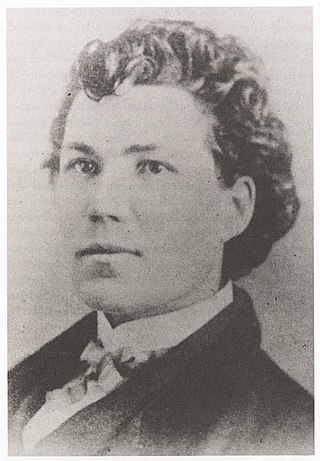
Sarah Emma Edmonds was a British North America-born woman who claimed to have served as a man with the Union Army as a nurse and spy during the American Civil War. Although recognized for her service by the United States government, some historians dispute the validity of her claims as some of the details are demonstrably false, contradictory, or uncorroborated.

Alfred Pleasonton was a United States Army officer and major general of volunteers in the Union cavalry during the American Civil War. He commanded the Cavalry Corps of the Army of the Potomac during the Gettysburg campaign, including the largest predominantly cavalry battle of the war, Brandy Station. In 1864, he was transferred to the Trans-Mississippi theater, where he defeated Confederate General Sterling Price in two key battles, including the Battle of Mine Creek, the second largest cavalry battle of the war, effectively ending the war in Missouri. He was the son of Stephen Pleasonton and younger brother of Augustus Pleasonton.

Grenville Mellen Dodge was a Union Army officer on the frontier and a pioneering figure in military intelligence during the Civil War, who served as Ulysses S. Grant's intelligence chief in the Western Theater. He served in several notable assignments, including command of the XVI Corps during the Atlanta Campaign.

The Maryland campaign occurred September 4–20, 1862, during the American Civil War. The campaign was Confederate General Robert E. Lee's first invasion of the North. It was repulsed by the Army of the Potomac under Maj. Gen. George B. McClellan, who moved to intercept Lee and his Army of Northern Virginia and eventually attacked it near Sharpsburg, Maryland. The resulting Battle of Antietam was the bloodiest day of battle in American history.

Alexander Gardner was a Scottish photographer who immigrated to the United States in 1856, where he began to work full-time in that profession. He is best known for his photographs of the American Civil War, U.S. President Abraham Lincoln, and of the conspirators and the execution of the participants in the Lincoln assassination plot.

Lafayette Curry Baker was a United States investigator and spy, serving the Union Army, during the American Civil War and under Presidents Abraham Lincoln and Andrew Johnson.

The eastern theater of the American Civil War consisted of the major military and naval operations in the states of Virginia, West Virginia, Maryland, and Pennsylvania, the District of Columbia, and the coastal fortifications and seaports of North Carolina.
Black Dispatches was a common term used among Union military men in the American Civil War for intelligence on Confederate forces provided by African Americans, who often were slaves aiding the Union forces. They knew the terrain and could move within many areas without being noticed; their information represented a prolific and productive category of intelligence obtained and acted on by Union forces throughout the Civil War.
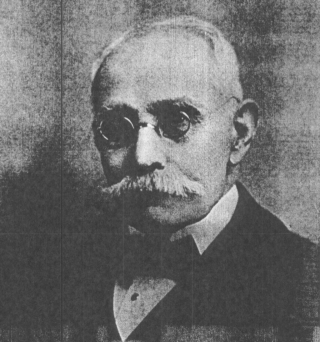
Cypriano Ferrandini was a barber from Corsica who emigrated to the United States, and established himself as the long-time barber and hairdresser in the basement of Barnum's Hotel, in Baltimore, Maryland. There he practiced his trade from the mid-1850s to his retirement long after the close of the Civil War. He was accused, but never indicted for plotting to assassinate U.S. President-elect Abraham Lincoln on February 23, 1861, and while once caught in a secessionist dragnet in 1862, was never prosecuted for his pro-Southern convictions and membership in the Knights of the Golden Circle.
The Baltimore Plot were alleged conspiracies in February 1861 to assassinate President-elect Abraham Lincoln during a whistle-stop tour en route to his inauguration. Allan Pinkerton, founder of the Pinkerton National Detective Agency, played a key role by managing Lincoln's security throughout the journey. Though scholars debate whether or not the threat was real, Lincoln and his advisors clearly believed that there was a threat and took actions to ensure his safe passage through Baltimore, Maryland. He ultimately arrived secretly in Washington, D.C., on February 23, 1861.
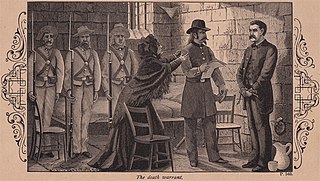
Hattie Lawton, also known as Hattie H. Lawton, Hattie Lewis, and Hattie Lewis Lawton was an American detective, who worked for Allan Pinkerton, of the Pinkerton Detective Agency. Lawton may have been born around 1837, although most details of her life, before and after the American Civil War, are unknown. "[Hattie] Lawton was part of Pinkerton's Female Detective Bureau, formed in 1860 to 'worm out secrets' by means unavailable to male detectives."

Kate Warne was an American law enforcement officer best known as the first female detective in the United States, for the Pinkerton National Detective Agency. She also had a role in uncovering the 1861 Baltimore Plot against President-elect Abraham Lincoln, recruiting female agents for the Pinkerton Agency, and conducting intelligence work for the Union during the American Civil War.
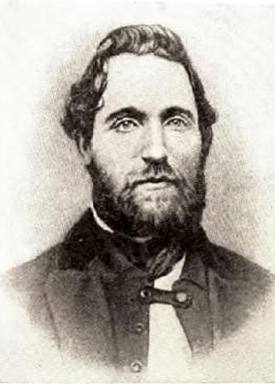
Timothy Webster was a British-born American lawman and soldier. He served as a Pinkerton agent and Union spy, and was the first spy in the American Civil War to be executed.
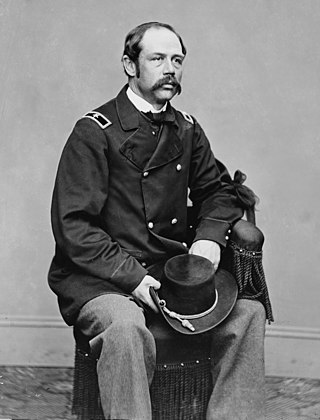
George Henry Sharpe was an American lawyer, soldier, Secret Service officer, diplomat, politician, and Member of the Board of General Appraisers.

John C. Babcock was an amateur rower, a member of the secret service for the Union Army during the Civil War, and a founder of the New York Athletic Club.
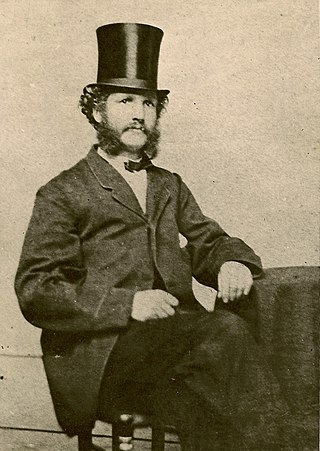
Pryce Lewis was an operative of the Pinkerton Detective Agency and Union spy during the American Civil War. His activities in Charleston, Virginia and the surrounding area heavily assisted the Union Army during the early years of the war. Lewis was later captured and played a part in the trial and execution of fellow agent Timothy Webster.
























